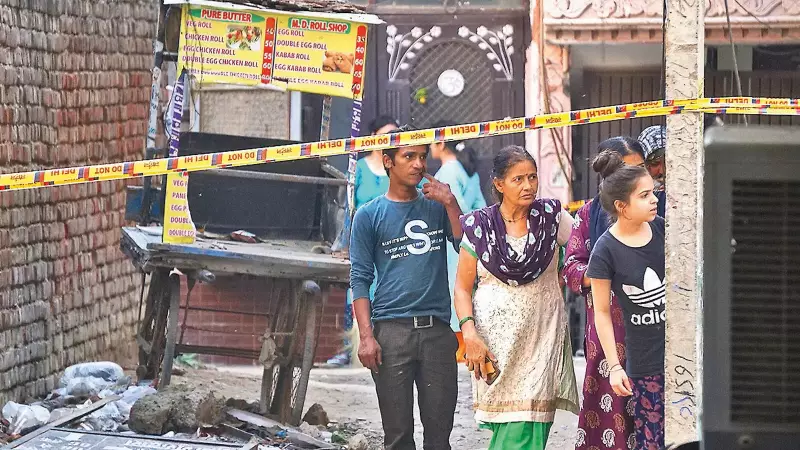
In a startling contradiction that has left criminologists scratching their heads, India presents a fascinating crime paradox: while the nation reports alarmingly high rates of overall criminal activity, its murder rate remains surprisingly low by global standards. This unexpected phenomenon challenges conventional wisdom about violent crime patterns.
The Numbers Tell a Surprising Story
According to the latest National Crime Records Bureau (NCRB) data, India recorded approximately 2.5 homicides per 100,000 people in recent years. This places the country significantly below global averages and far behind nations with similar development indicators. The statistics become even more remarkable when compared to countries like the United States, which reports murder rates nearly five times higher.
Unraveling the Mystery Behind Low Homicides
Several intriguing factors contribute to India's unusual crime profile:
- Cultural and Social Fabric: Deep-rooted family structures and community bonds may act as buffers against extreme violence
- Gun Control Laws: India's strict firearm regulations significantly reduce gun-related deaths
- Economic Factors: Surprisingly, property crimes don't frequently escalate to lethal violence
- Judicial System Impact: The certainty of lengthy legal proceedings may deter potential killers
The Regional Variations Within India
Despite the overall low national average, significant regional disparities exist. States like Uttar Pradesh and Bihar report higher homicide rates, while Kerala and Tamil Nadu maintain exceptionally low numbers. This variation suggests that local cultural, economic, and governance factors play crucial roles in determining violent crime outcomes.
What the Experts Are Saying
Criminologists and sociologists point to India's unique social ecosystem as a potential explanation. The country's emphasis on conflict resolution within communities, coupled with strong familial oversight, may prevent disputes from turning deadly. Additionally, the widespread availability of non-lethal weapons in altercations results in injuries rather than fatalities.
As researchers continue to decode India's crime puzzle, one thing remains clear: the relationship between development, crime, and violence is far more complex than traditional models suggest. India's experience offers valuable lessons for global crime prevention strategies and challenges our fundamental understanding of what makes societies violent.





